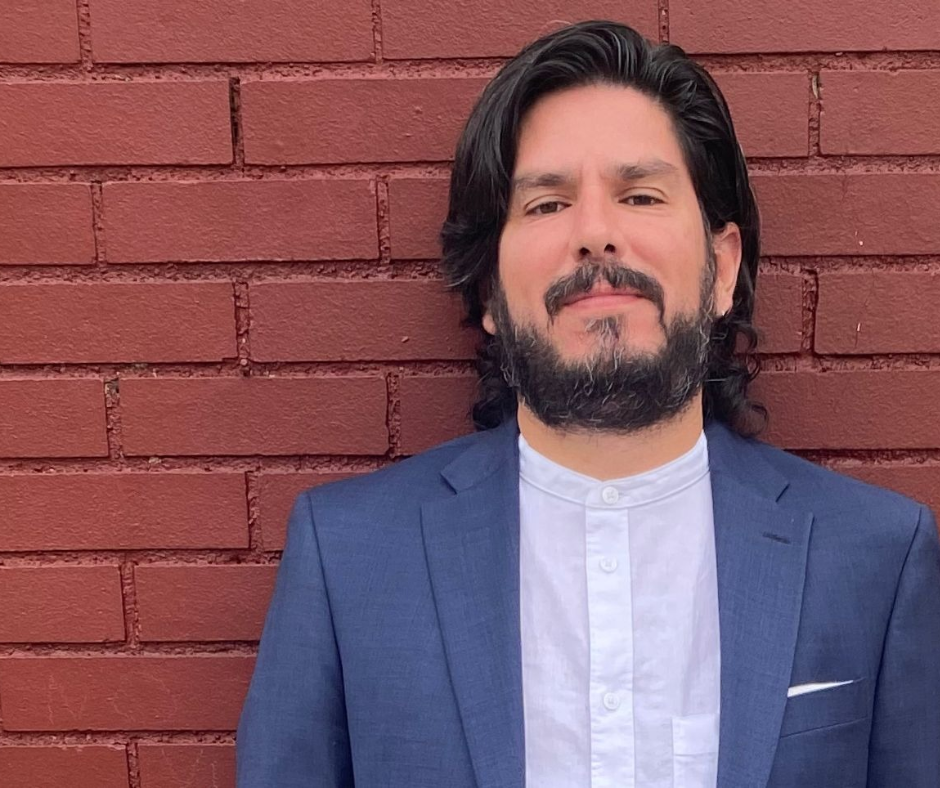It is time to plan for resistance.
How stupid can the Maga Republicans get ?
And, when will the left pay attention to the anti -immigration claims?
Trump and the Maga Right are making claims that they will deport the undocumented in the U.S. Check Project 2025.
https://www.dsanorthstar.org/blog/a-maga-victory-in-2024-will-lead-to-ethnic-cleansing
Most estimates say that there are about 11 million undocumented people in the U.S. at this time. Over half of these people have been here for ten or more years. Undocumented come from many countries. Large numbers are now from India, China and the Philippines among others.
It seems like the Democrats and the left dismiss the plans of the Maga/ Republican movement. It is not just crazy Donald. Watch the Republican campaign events and you will see immigration as a primary dog whistle.
Respond to this question.
What did you do when your (brother, sister, uncle, neighbor) got rounded up ?
The 5 biggest Trump-Republican lies about illegal immigration
Robert Reich,
Trump and his GOP lackeys are fueling dangerous nativism.
See on our blog:
https://www.dsanorthstar.org/blog/the-5-biggest-trump-republican-lies-about-illegal-immigration
I, for one, think that if they win the Presidency and at least one chamber of the Congress, they will try to implement their plan. After all, they have tried before. And, this time they have a plan.
https://static.project2025.org/2025_MandateForLeadership_FULL.pdf
However the demographics have changed. Each group of immigrants have their own histories. Venezuelan and Haitian, for example, have distinctly different histories of migration and oppression.
I will use the Mexican and Mexican American experience for examples.
To try to remove the 11 million, in my view, could well lead to significant resistance. Some of it armed. And yet, this prospect does not seem to be of concern to the majority population and it is not being contested in this election.
For background, readers should look at Operation Wetback under President Dwight D. Eisenhower and the so-called Mexican Repatriation project of the 1930’s.
The implementation of Operation Wetback was a result of Attorney General Herbert Brownell's tour of Southern California in August 1953. It was there that he made note of the "shocking and unsettling" issue that was illegal immigration.[2] The short-lived operation used military-style tactics to remove Mexican immigrants—some of them American citizens—from the United States. Though millions of Mexicans had legally entered the country through joint immigration programs in the first half of the 20th century and some were naturalized citizens who were once native, Operation Wetback was designed to send them to Mexico.[3]
https://en.wikipedia.org/wiki/Operation_Wetback
Operation Wetback was a follow-up to the prior Mexican Repatriation when as many as 2 million were deported, many of them children. Up to 40% of those deported were U.S. citizens of Mexican descent.
https://en.wikipedia.org/wiki/Mexican_Repatriation
Currently there is a competition among Republicans to be the toughest on immigration policy by focusing on fentanyl, which commonly begins production in China.
For some perspective, during WWII, the U.S. interned about 120,000 Japanese Americans. How do you suppose they will be able to deport and or intern 11 million ?
The Latino population makes up about 37 million in the U.S. There are some 12 million Mexican and Mexican Americans in California alone. Mexicans and Mexican Americans do at least 80 % of the agricultural work in California, Texas and Arizona. What will be the result on the economies ?
Mexico is a large dynamic economy , the 7th. Largest in the world, with many problems. However, they are the number one market for U.S. exports. If the Maga Republicans institute a trade war, both sides will be effected. Who is going to take care of all the elderly in nursing homes and elder care facilities?
How this fits into a broader series of conflicts.
Project 2025: a fascist vision for the US
Project 2025 was initiated and published by the Heritage Foundation, the most influential rightwing think tank, and the one closest to the power centers of the Right and the Republican Party. It has united much of the conservative movement, their think tanks, activists, and lobbying groups with the goal of installing a much more effective, more ruthless right-wing regime. It comes with tremendous funding and the backing of much of the political Right and believes there is a socialist plot in the highest echelons of American power. It sees a vast conspiracy with enemies everywhere, and that un-American forces have overtaken every institution.
Project 2025 is a major policy and ideological projection. It is a fascist document and puts forward a strategic path to create an authoritarian Christian dominated society through control of the state. There are other statements from within the authoritarian bloc with somewhat different formulations and viewpoints. Project 2025 is the most developed, and has been signed by over 100 groups and think-tanks. They want to be the ideological and policy brain behind Trump, who is useful as a mass fascist leader, but lacks the intellectual capacity to carry out a strategic project.
This is serious
https://convergencemag.com/articles/the-right-reads-gramsci-project-2025-and-neo-fascism/?
Background.
The Left needs to respond to the current “crisis” at the border.
https://www.dsanorthstar.org/blog/a-maga-victory-in-2024-will-lead-to-ethnic-cleansing
https://www.dsanorthstar.org/blog/the-left-needs-a-strategy-to-respond-to-the-crisis-at-the-border
See also;
https://www.dsanorthstar.org/blog/let-us-not-be-stupid-about-immigration
2023




